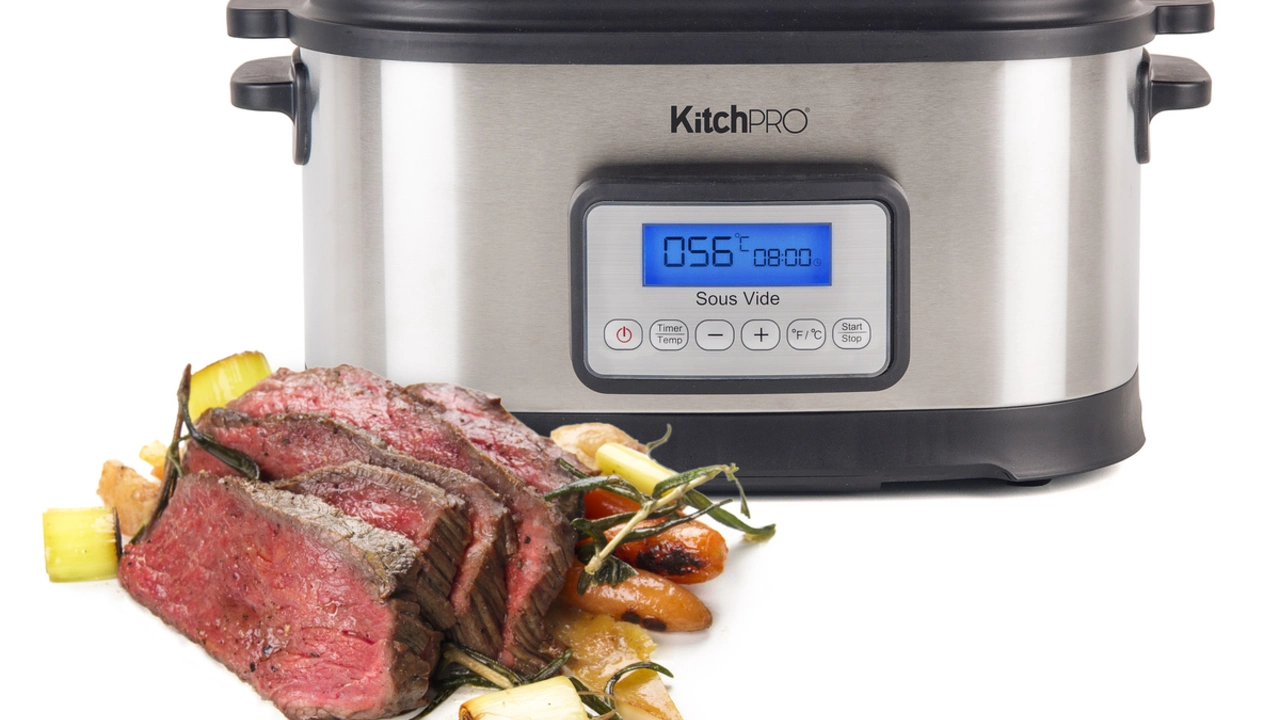Understanding the Sous Vide Cooking Technique
Hey everyone, Jeremiah here! Today, I wanted to talk about what has become a hot topic in the culinary world: the sous vide cooking technique. Now, you might be wondering, 'What in the world is sous vide?' Well, sous vide is a French term that translates to 'under vacuum'. This method involves sealing food in a plastic bag and cooking it in a water bath at a precise temperature. The beauty of this technique is that it allows the food to cook evenly, retaining its juices and achieving a level of doneness that is near impossible to reach with traditional cooking methods.
One of the best aspects of sous vide cooking is its simplicity. You don't need to be a professional chef to use this method. With a bit of patience and a precise sous vide machine, you can create restaurant-quality dishes right in your home kitchen. However, as with all good things, there is a common concern that pops up when discussing sous vide cooking: its energy consumption. And that's what we're going to delve into today.
The Energy Consumption of Sous Vide Machines
There is a widespread belief that sous vide machines are energy guzzlers. The reason behind this assumption is the long cooking times associated with sous vide. Traditional cooking methods are usually quick, whereas sous vide cooking can take hours, even days for some dishes. Naturally, people assume that this means a high energy consumption. But is that really the case? Let's find out.
To understand the energy consumption of a sous vide machine, we have to consider a few factors. First, the temperature at which you're cooking. Sous vide cooking generally requires lower temperatures than traditional cooking methods. While an oven might need to be preheated to 350°F (around 180°C), a sous vide machine usually operates between 130°F to 180°F (around 55°C to 82°C). This lower temperature requirement already makes the sous vide machine more energy-efficient.
Comparing Sous Vide to Other Cooking Appliances
Now, let's compare the energy consumption of a sous vide machine to other common kitchen appliances. According to The Energy Saving Trust, an oven uses about 2.3 kWh of energy for an hour of use, a slow cooker uses around 0.7 kWh for the same duration, while a microwave uses about 0.9 kWh. But a sous vide machine? It uses around 0.8 kWh of energy for an hour's use. Not so bad, right?
Let's put it into perspective. If you were to cook a roast chicken in the oven, it would take about 2 hours and consume around 4.6 kWh of energy. If you were to cook the same chicken using a sous vide machine, it might take 4 hours (which is a generous estimate) and use around 3.2 kWh of energy. Plus, the sous vide chicken would arguably be juicier and more flavorful. So, not only is sous vide cooking more energy-efficient, but it also provides better results.
The Effect on Your Electricity Bill
Now that we've established that sous vide machines are not the energy monsters they're often thought to be, let's look at the impact on your electricity bill. The cost of electricity varies greatly depending on where you live. However, the average cost in the United States is around 13 cents per kWh. If we apply this to our earlier chicken example, the oven would cost around 60 cents to cook the chicken, while the sous vide machine would cost around 42 cents. Yes, you read that right. Using a sous vide machine could actually save you money on your electricity bill.
Tips to Further Reduce Sous Vide Energy Consumption
While sous vide machines are already energy-efficient, there are ways to further reduce their energy consumption. One tip is to preheat your water with a kettle. This can dramatically shorten the time it takes for your sous vide machine to reach the desired temperature, thus using less energy.
Another tip is to use a sous vide machine with a high wattage. Yes, it might sound counterintuitive. But a higher wattage means the machine can heat the water faster, reducing the overall cooking time and, therefore, the energy consumption. Finally, covering your water bath can help maintain the temperature and reduce energy loss. You can use a lid, aluminum foil, or even ping pong balls. Yes, you heard me right, ping pong balls! They create an insulating layer and prevent water evaporation, helping maintain the temperature.
Conclusion: Sous Vide and Energy Consumption
So, there you have it, folks. The myth that sous vide machines are energy hogs has been debunked. In fact, they are more energy-efficient than most traditional cooking appliances. Plus, they provide superior results. So, if you've been on the fence about getting a sous vide machine due to concerns about energy consumption, I hope this article has put your mind at ease. Happy cooking!
